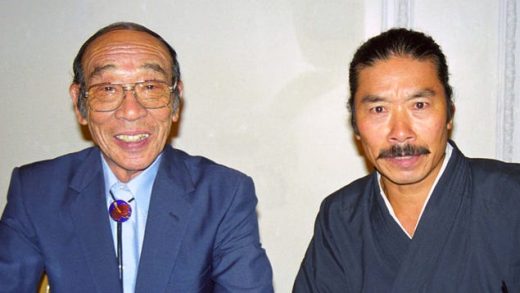While Missing may be a mystery, it’s more importantly a masterclass in innovative, visual storytelling. The film is a standalone sequel to 2018’s Searching, and like its predecessor, Missing’s plot is entirely mediated through technology.
We see our protagonist June Allen, wonderfully played by Storm Reid, navigate her mother’s disappearance by watching her laptop screen for the majority of the film’s unfoldings. Every Google search, text message notification, or notes app to-do list is how Missing tells its story. It’s a wildly intimate visual rollercoaster.
What is Missing about?

Credit: Sony Pictures
June Allen is your typical Gen Z teen ready to party it up all week while her mother, Grace (Nia Long) goes on a vacation to Colombia with her new boyfriend Kevin (Ken Leung). But things quickly turn dark when Grace doesn’t return from her vacation, leaving June in the epicenter of a dangerous disappearance where she assumes the role of detective, using her laptop and overall tech-savvy skills to hack into emails, security camera footage, and even TaskRabbit to piece together her mother’s whereabouts.
While the film is riddled with one too many plot twists, its big reveal speaks to a more pressing aspect of our news cycle and its vilification of people of color. This makes Missing an important watch beyond the simple merit of a fun, action flick.
The charm of Missing is initially in its editing, but the plot twists become tedious.

Credit: Sony Pictures
Missing’s editing and choice in telling its story through June’s MacBook is the real fun of the film. It allows the audience to get to know her in a really intimate and innovative way. Yes, we get to know June through her dialogue with other characters throughout Missing, but we also get extremely detailed tidbits on her laptop — like a to-do list that solely consists of “do financial aid thingy” — that are sweet but subtle nods to what a Gen Z teen is actually like. You can tell a lot about a person by how many Google tabs they have open or how messy their desktop is, and Missing acknowledges that fact and invites you into June’s world.
The editing also leaves room for some incredible montages. In the film’s first act, June throws a massive house party that’s mediated through smooth transitions from Snapchat filters, to Instagram stories, to fire emojis morphing into her home’s fireplace. And when the film’s mystery kickstarts, the editing and sound design catapults its suspense to a whole new level as we see (and hear) June frantically typing and clicking different links to get a single clue as to where her mom is. It all perfectly situates you in her position and realistically follows what anyone one of us would do in the face of dangerous uncertainty: Google what the hell you’re supposed to do.
But Missing slows down in its second act. The ceaseless plot twists, coupled with the lack of seeing June actually move around, kills the suspense. There are only so many FaceTimes you can watch before wanting to actually see your protagonist in action — a feeling that’s most potent in the final act when we’re exclusively watching almost everything through a security camera, as opposed to getting up close to June in her final fight.
Missing acknowledges where we’re at with true crime and why it’s a problem.

Credit: Sony Pictures
Missing‘s incredible editing also comes through in its concluding moments, when we see June’s final fight transition to a true crime Netflix special made about her story. June questions why anyone would want to see this “garbage.” And the sensationalization of her story was an incredibly smart tidbit on behalf of Missing’s creators; it speaks to a moment in entertainment where true crime remains an audience hot topic with no clear ethical boundaries. We’ve seen it play out this year with Netflix’s Dahmer – Monster: The Jeffrey Dahmer Story, where the real-life families involved with the case spoke against the show for rehashing old wounds. And Missing’s focus on the internet driving a true crime thirst that overshadows what’s actually at play is a smart decision that saves its lackluster final act.
Throughout the film, we also see June’s close friend Veena (Megan Suri) regularly reference different true crime shows in an attempt to help June with figuring out what to do next — it’s an extra dimension to the film’s reflection of Gen Z culture, while simultaneously addressing the same audience hunger that drives true crime entertainment in the first place. Couple that with the flood of viral TikToks in the film about Grace’s disappearance, and Missing is, at its core, commentary on how true crime can eclipse real-life scenarios and bolster an environment where nothing is really at stake if it reads like a fun, true crime doc.
Missing may drag on but its decision to speak on cultural issues, including true crime, racism, and the internet gives its twisty plot real substance. If you power through its hefty second act, there’s great reward in its finale and some fun along the way.
Missing releases in theaters on Jan. 20.











